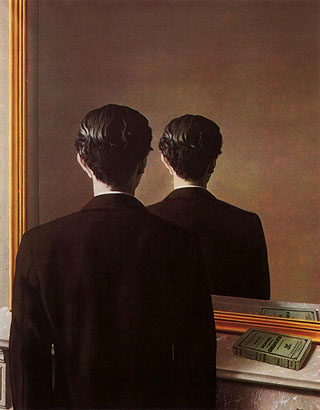User research. The secret of focus. Part 1: Science or Engineering

Research-based design is a noble and recognized approach to creating good products, especially in the field of web design.
We, the staff of Behavior , as well as colleagues from a huge number of other user experience design companies, try to conduct user research whenever possible. The research is as deep as the budget and timeline of the project allows.
In our practice, we use the following research methods: usability testing (including laboratory and informal tests), card sorting, interviews and user surveys, statistical analysis, field ethnographic research, context analysis and / or additional marketing research.
')
We try to find out as much as possible about our customers, their customers and competitors. And after - as fully as possible to apply this knowledge in the design process.
However, many web designers and consultants believe that the role of research as a source of information for the design process is not important enough. They go further and try to make "scientific" user research the very foundation for the design process.
I used the word “try” here because I have strong suspicions that we are striving for the ideal of an empirical, scientifically-based design aimed at the user, but never able to achieve it.
I am still quite restrained in my words. The cynic in me would never say "try." A cynic in me would say, "pretend." He would say something like:
"Many campaigns pretend that they use scientifically based user research as the foundation for their design process."I do not want anyone to accuse me of petty attacks on competitors, but I can not say:
"I suspect that many of the user research results in our industry are fake."
Science or design
I said all this not to cast doubt on the scientific approach to design, but, on the contrary, out of a sense of deep respect for both science and design at the same time. I wrote this series of articles because I have concerns about the excessive value that designers and businessmen attach to science or, more precisely, to pseudo-science. In my opinion, this overvalued value can often hurt design practice.
I have seen authoritative user interface studies based on an analysis of groups of users that are ridiculously sized or on absurdly compiled test items. I have seen admiration for methods that were thought to be supposedly powerful, and which, at best, were only in a way reminiscent of a scientific approach. I have seen how it is possible to distort the results of a study when interpreting them, when quantitative values are derived from subjective observations. I saw how the word heuristic was used to give scientific weight to subjective evaluation criteria. (There is nothing bad in subjective assessments, but it jars on me when someone deliberately presents their subjective opinion under the guise of something objective).
I saw how my colleagues used up whole notes on how to make a design decision “impartially”. How they sought an unattainable level of scientific accuracy. It seemed to them that precisely scientific accuracy was required of them in the first place. I saw how people trusted trustworthy (pseudoscientific) processes more than principles of good design based on a sense of common sense.
For many companies and designers, the set of tools available that seem to be scientific, (and so the value that our colleagues give these tools, the usability gurus and our customers) is sometimes seen as a means of escaping our immediate responsibilities: to be designers, experts who have deep experience and good instincts.
In the next articles of this series, I will give a few examples of how pseudo-science can turn the results of a project into worthless garbage. I will also express my opinion on when research is both suitable and useful for the design process.
Source: https://habr.com/ru/post/31336/
All Articles